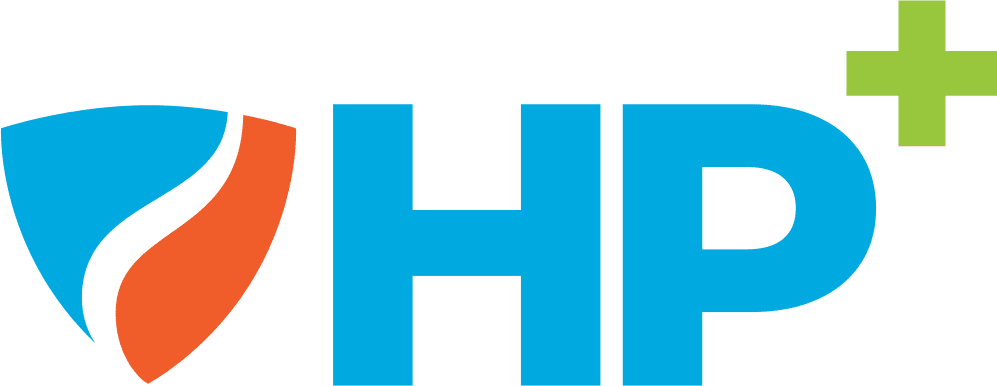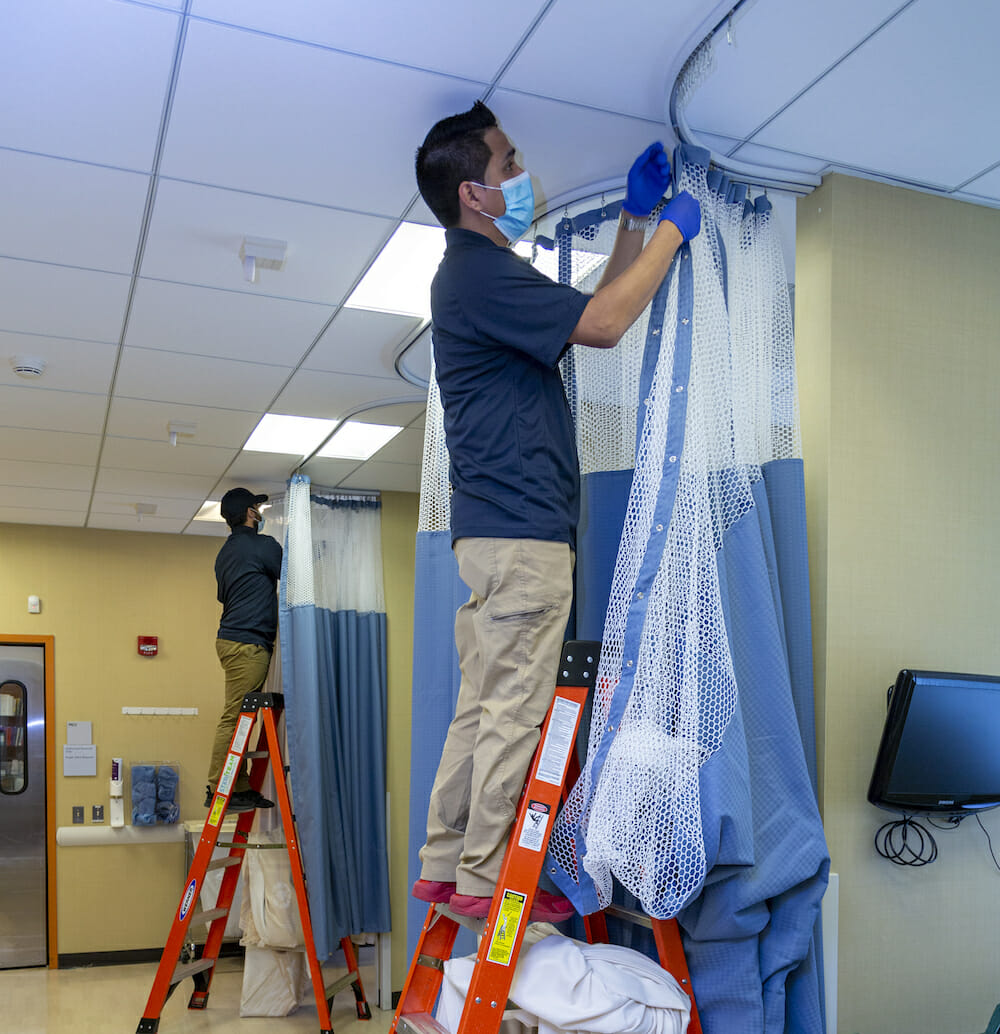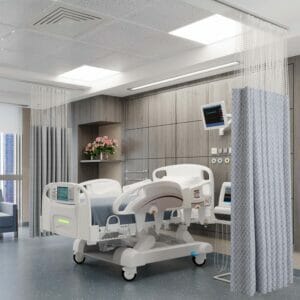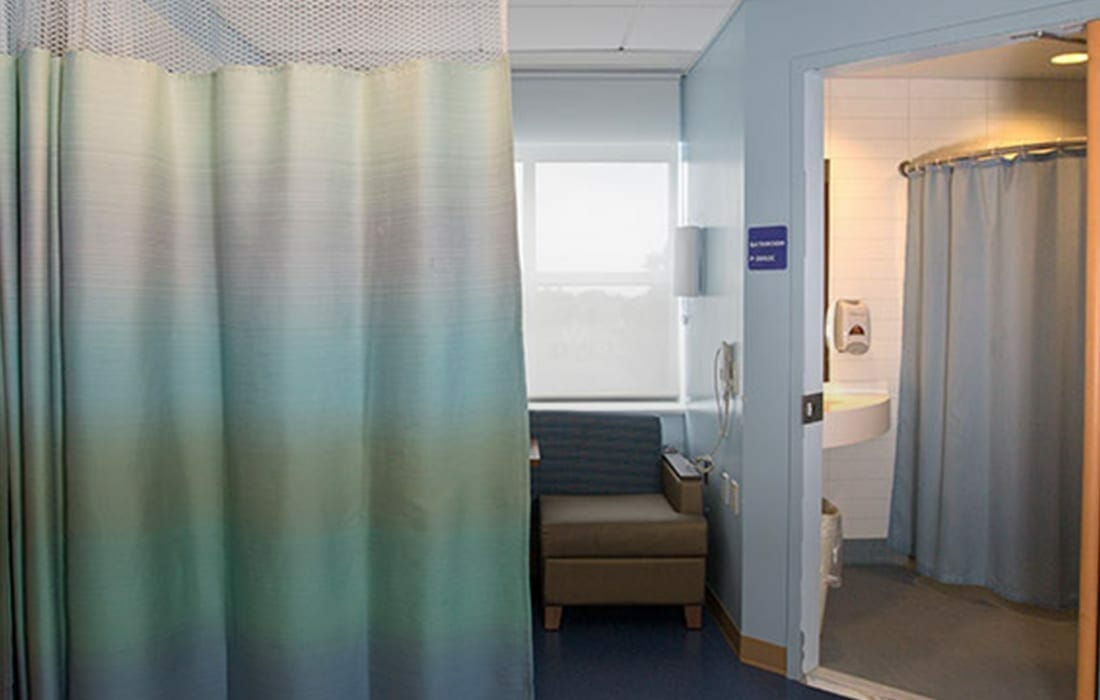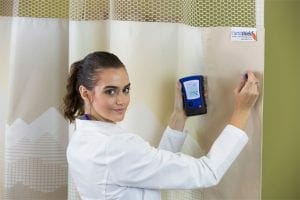In today’s healthcare environment, safety, compliance, and infection control are non-negotiable. From patient rooms to operating theatres, every detail plays a role in protecting health and ensuring regulatory compliance. While much attention is given to medical equipment and sanitation procedures, one overlooked yet critical factor is the role of privacy curtains. A comprehensive curtain compliance program can significantly simplify safety audits, reduce risks, and elevate the overall standard of care.
This blog explores why curtain compliance matters, how it impacts audits, and the ways healthcare facilities can streamline their processes to remain compliant without burdening staff.
The Importance of Compliance in Healthcare Facilities
Healthcare facilities are subject to strict regulations, designed to protect both patients and staff. Compliance audits evaluate infection control practices, environmental safety, and facility cleanliness. Something as simple as an outdated or damaged curtain can lead to non-compliance findings, which may result in costly penalties or even compromise patient safety.

Curtains, which are often touched by both staff and patients, can easily become contaminated. Without a structured compliance program, healthcare teams may struggle to monitor replacement schedules, cleaning records, and repair needs. In a setting where infections spread quickly, these oversights can carry serious consequences.
The Role of Curtains in Infection Prevention
Healthcare-associated infections (HAIs) remain one of the most pressing challenges for hospitals and clinics. Curtains, due to their high-touch surfaces, are a known contributor to cross-contamination. Regular cleaning, repair, and replacement are critical not only to maintain compliance but also to create safer environments.
A curtain compliance program ensures that these soft surfaces are managed with the same rigor as other infection control measures. By standardizing inspection, cleaning intervals, and repair processes, facilities can minimize risks while simplifying documentation for audits.
If you’d like a deeper dive into this perspective, you may also want to read Why Timely Curtain Repair Service Matters in Healthcare Facilities.
Why Safety Audits Focus on Curtain Management
Safety audits aim to identify potential hazards and lapses in infection control. Curtains often appear on audit checklists for the following reasons:
-
High-touch surfaces: Patients, visitors, and staff frequently handle curtains, making them a hotspot for contamination.
-
Durability issues: Torn or worn curtains not only look unprofessional but may also harbor pathogens in fabric creases or frayed edges.
-
Documentation gaps: Without a system in place, it’s difficult to prove when a curtain was last cleaned, repaired, or replaced.
When auditors walk through a facility, curtains that appear unkempt or lack proper records can immediately raise red flags.
What a Curtain Compliance Program Includes
A curtain compliance program is more than just cleaning schedules. It’s a structured system that simplifies maintenance, ensures accountability, and creates clear documentation trails for audits. Key elements often include:
-
Inventory tracking: Digital or physical records of every curtain within the facility.
-
Scheduled cleaning intervals: Ensuring compliance with infection control standards.
-
Repair and replacement tracking: Documenting timely repairs and replacements.
-
Barcode or RFID tagging: Simplifying curtain identification for audits.
-
Staff training protocols: Educating teams on proper handling and reporting practices.
This approach not only improves safety but also makes it far easier to pass compliance inspections without stress.
The Burden of Manual Curtain Management
Without a compliance program, facilities often rely on manual logs or staff memory to keep track of curtain maintenance. This is inefficient and prone to errors. Some of the biggest challenges include:
-
Forgetting scheduled cleanings.
-
Overlooking minor damages until they worsen.
-
Misplacing documentation needed for audits.
-
Increasing staff stress during inspection periods.
A structured curtain compliance program eliminates these gaps by automating much of the process and centralizing data in a way that auditors can easily verify.
How Curtain Compliance Programs Simplify Audits
Audits don’t need to be stressful when systems are in place. A curtain compliance program helps healthcare facilities by:
-
Centralizing documentation: Maintenance records can be pulled instantly, reducing audit preparation time.
-
Standardizing cleaning and repair intervals: Auditors see a clear, consistent process rather than irregular actions.
-
Reducing surprises: Scheduled inspections ensure that curtains are always audit-ready.
-
Demonstrating accountability: Barcode tracking or digital logs provide proof of compliance.
In short, a program takes the guesswork out of curtain management and ensures facilities are always prepared.
Linking Curtain Compliance to Overall Infection Control
It’s important to understand that curtain compliance isn’t just about passing audits—it’s about safeguarding health. Consistent cleaning and timely repairs reduce microbial risks, create a more professional patient environment, and support broader infection control efforts.
Many facilities are now moving toward integrated curtain rental or replacement services to further simplify compliance. As explained in How Rental Programs Simplify Healthcare Curtain Management, outsourcing these responsibilities can help facilities save time while staying audit-ready.
Benefits Beyond Compliance
While the immediate goal of a compliance program is to simplify audits, there are additional benefits that should not be overlooked:
-
Operational efficiency: Staff spend less time chasing paperwork or managing curtain schedules.
-
Cost control: Proactive maintenance reduces emergency replacements.
-
Patient perception: Clean, well-maintained curtains contribute to a professional, welcoming environment.
-
Staff morale: Less stress during audit periods allows caregivers to focus on patients.
The Role of Branding in Curtain Compliance
Curtain compliance doesn’t mean sacrificing aesthetics. Facilities can integrate branding into their compliance programs by choosing colors, fabrics, and designs that reflect their identity. This enhances the overall patient experience while still meeting regulatory requirements.
If you’re curious about this dimension, take a look at Elevate Your Facility’s Identity with Custom Branded Curtains.
Why Partnering with Experts Matters
Managing curtain compliance in-house can be overwhelming. Partnering with an experienced provider ensures that best practices are followed, audits are supported, and documentation is easily accessible. With expertise in both infection control and regulatory compliance, a dedicated program provider can reduce the burden on staff while improving outcomes.
Companies like HAIGuard™ specialize in streamlining compliance processes, offering healthcare facilities peace of mind that they are always prepared for inspections.
Steps to Implement a Curtain Compliance Program
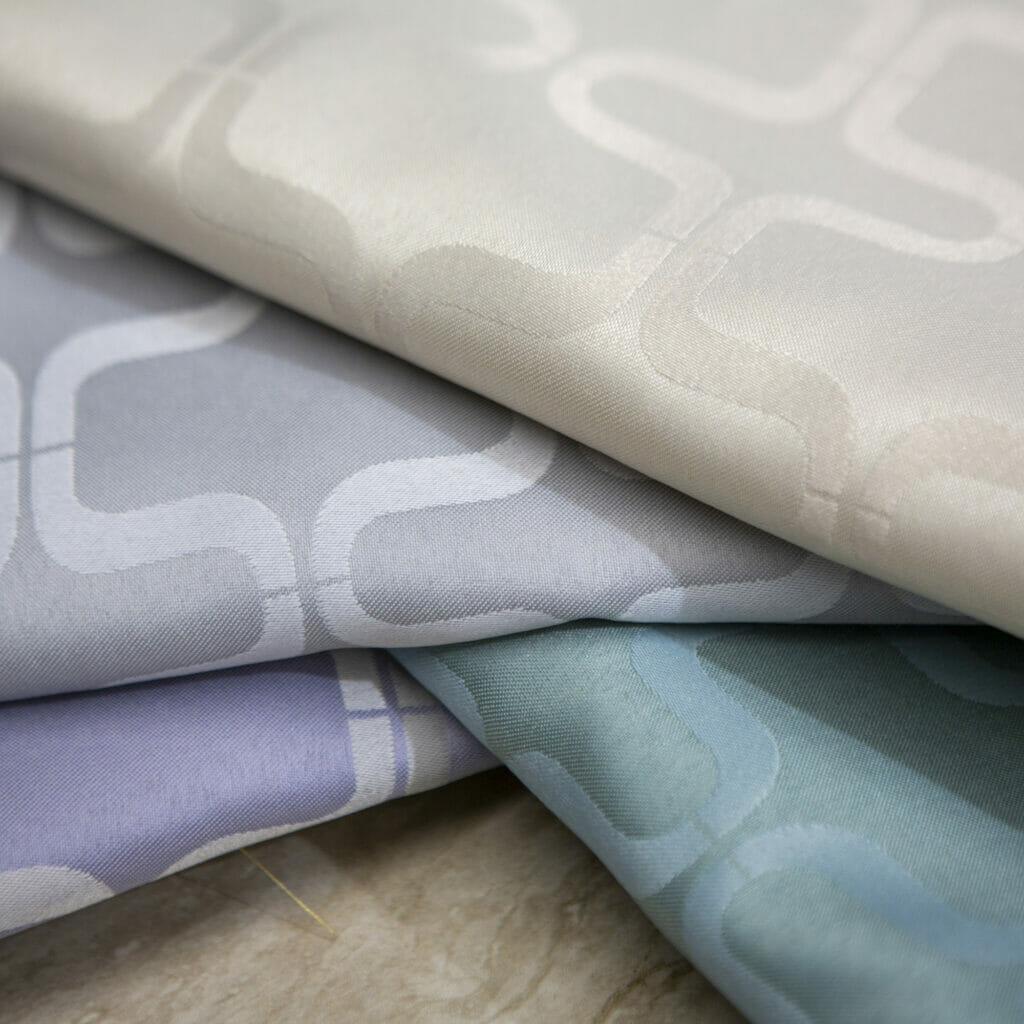
-
Audit your current system: Identify gaps in documentation, cleaning schedules, and repair practices.
-
Develop a curtain inventory: Create a database of every curtain in the facility.
-
Set cleaning and replacement intervals: Align these with infection control standards.
-
Introduce tracking systems: Barcode or digital logging makes compliance transparent.
-
Train staff: Educate teams on curtain handling and reporting protocols.
-
Review regularly: Ensure the program evolves with regulatory changes.
The Future of Curtain Compliance in Healthcare
As infection control becomes increasingly important, curtain compliance will remain a focal point of audits. Facilities that adopt structured programs today will be ahead of the curve tomorrow, avoiding penalties while creating safer spaces for patients and staff.
Technology, such as RFID tagging and automated scheduling software, will continue to simplify compliance processes even further. For facilities that want to reduce risk and remain audit-ready at all times, investing in a curtain compliance program is not just a necessity—it’s a strategic advantage.
Safety audits can be stressful, but they don’t have to be. By implementing a curtain compliance program, healthcare facilities can streamline their processes, reduce risks, and maintain spotless records. Beyond compliance, these programs enhance infection control, patient trust, and staff efficiency.
With the right system in place—and the right partner—facilities can move from reactive curtain management to proactive safety strategies that stand up to the toughest inspections.




